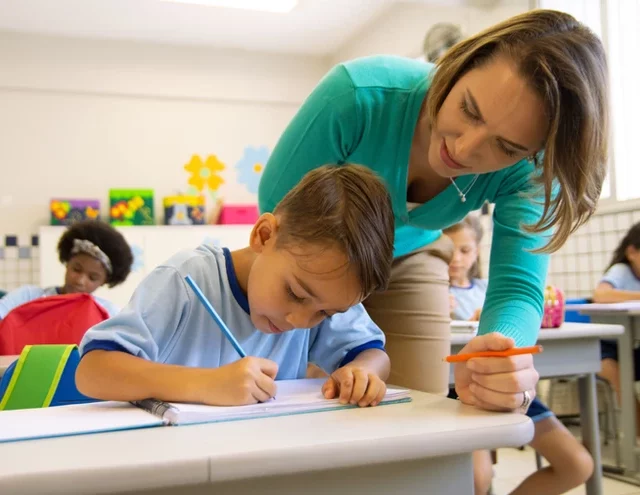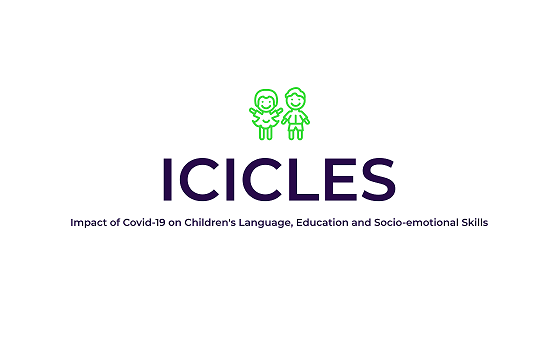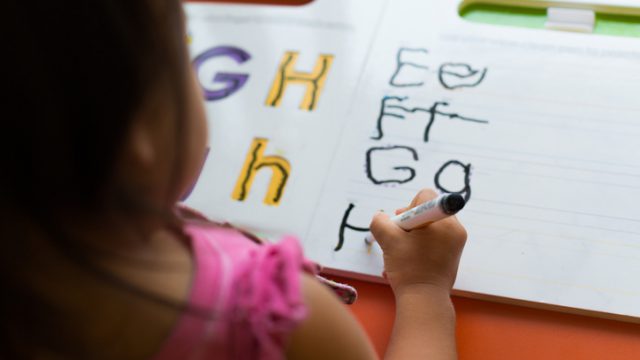Global Teacher Status Index 2018
 Pub. Date
Pub. Date
 Pub. Type
Pub. Type
The growth of internationally comparative student assessment measures such as the Programme for International Student Assessment (PISA), and the annual publication of the OECDs annual Education at a Glance, provides a global perspective of how children perform on comparable educational tests across many countries of the world. Understanding how this performance relates to the competence and effectiveness of teachers has been much debated – with the now famous aphorism that “the quality of an education system cannot exceed the quality of its teachers”.
But what is much less well understood within discussions of the roles of the teacher in improving pupil outcomes are the roles that social standing, or status, play in the position of teachers in each country, and how these might impact on education systems and pupil results?
In 2013, the Varkey Foundation conducted the first Global Teacher Status Index (GTSI13) to try and establish the answers to some of these questions. This showed that across all the countries reviewed, teachers occupied a mid-ranking of status, with teachers recording the highest status in China, and lowest in Israel and Brazil. Teachers were most commonly thought to be similar to social workers in terms of status.
Five years on, this new Index, carried out by researchers from NIESR and Sussex University led by Prof Peter Dolton presents an updated analysis to build on the results. In this report we are able to show that both high teacher pay and high status are necessary to produce the best academic outcomes for pupils.















